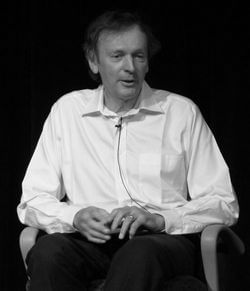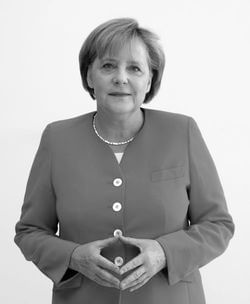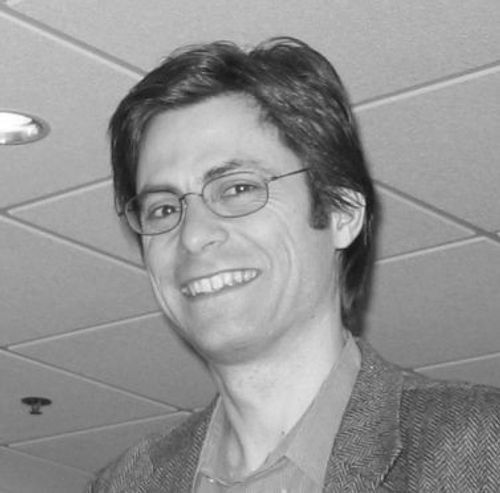
Photo Attribution: Physicistjedi at English Wikipedia, Public domain, via Wikimedia Commons
Max Tegmark
This example has been viewed 762x times
Summary
Rodden Rating
Analysis for Max Tegmark
Biography
Max Erik Tegmark[1] (born 5 May 1967) [2] is a Swedish-American physicist, cosmologist and machine learning researcher. He is a professor at the Massachusetts Institute of Technology and the president of the Future of Life Institute. He is also a supporter of the effective altruism movement.[3][4][5][6]
Tegmark was born in Sweden to Karin Tegmark and Jewish American-born professor of mathematics Harold S. Shapiro. While in high school, he and a friend created and sold a word processor written in pure machine code for the Swedish eight-bit computer ABC 80,[7] and a 3D Tetris-like game called Frac.[8]
Tegmark left Sweden in 1990 after receiving his B.Sc. in physics from the Royal Institute of Technology and a B.A. in economics the previous year at the Stockholm School of Economics. His first academic venture beyond Scandinavia brought him to California, where he studied physics at the University of California, Berkeley, earning his M.A. in 1992, and Ph.D. in 1994 under the supervision of Joseph Silk.[9]
Tegmark was an assistant professor at the University of Pennsylvania, receiving tenure in 2003. In 2004, he joined the Massachusetts Institute of Technology's department of physics.
His research has focused on cosmology, combining theoretical work with new measurements to place constraints on cosmological models and their free parameters, often in collaboration with experimentalists. He has over 200 publications, of which nine have been cited over 500 times.[10] He has developed data analysis tools based on information theory and applied them to cosmic microwave background experiments such as COBE, QMAP, and WMAP, and to galaxy redshift surveys such as the Las Campanas Redshift Survey, the 2dF Survey and the Sloan Digital Sky Survey.
With Daniel Eisenstein and Wayne Hu, he introduced the idea of using baryon acoustic oscillations as a standard ruler.[11][12] With Angelica de Oliveira-Costa and Andrew Hamilton, he discovered the anomalous multipole alignment in the WMAP data sometimes referred to as the "axis of evil".[11][13] With Anthony Aguirre, he developed the cosmological interpretation of quantum mechanics. His 2000 paper on quantum decoherence of neurons[14] concluded that decoherence seems too rapid for Roger Penrose's "quantum microtubule" model of consciousness to be viable.[15] Tegmark has also formulated the "Ultimate Ensemble theory of everything", whose only postulate is that "all structures that exist mathematically exist also physically". This simple theory, with no free parameters at all, suggests that in those structures complex enough to contain self-aware substructures (SASs), these SASs will subjectively perceive themselves as existing in a physically "real" world. This idea is formalized as the mathematical universe hypothesis,[16] described in his book Our Mathematical Universe.
Tegmark was elected Fellow of the American Physical Society in 2012 for, according to the citation, "his contributions to cosmology, including precision measurements from cosmic microwave background and galaxy clustering data, tests of inflation and gravitation theories, and the development of a new technology for low-frequency radio interferometry".[17] He was awarded the Royal Swedish Academy of Engineering Science's Gold Medal in 2019 for, according to the citation, "his contributions to our understanding of humanity’s place in the cosmos and the opportunities and risks associated with artificial intelligence. He has courageously tackled these existential questions in his research and, in a commendable way, succeeded in communicating the issues to a wider public."[18]
Tegmark is interviewed in the 2018 documentary on artificial intelligence Do You Trust This Computer? From 2020 to 2023, Tegmark led a research team-turned-nonprofit at MIT that developed an AI-driven news aggregator known as "Improving the News".[19]
He is also known for his seminal paper on the Mathematical Universe Hypothesis, in which he claims that our physical world is an abstract mathematical structure with an infinite number of initial random conditions.[20] He points to fractals as proof that the equations used to describe all possible mathematical multiverses would fit on a single T-shirt.[21]
Source: https://en.wikipedia.org/wiki/Max_Tegmark#cite_note-2
Raw Data
Horoscope Data
Comments
Natal Data
1967-05-05 Unknown Time LMT
59° 19′ 45.6″ N 18° 4′ 6.9″ E
Stockholm, Sweden

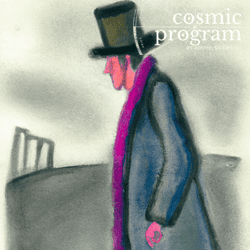
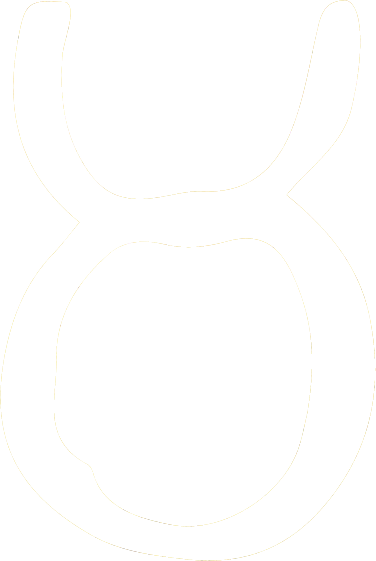

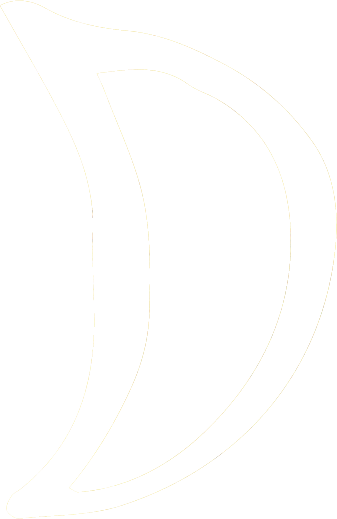



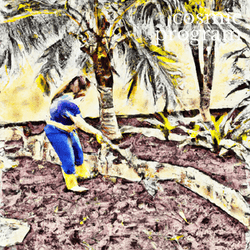




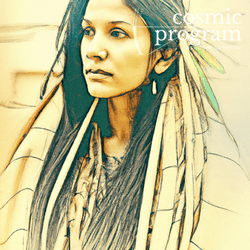

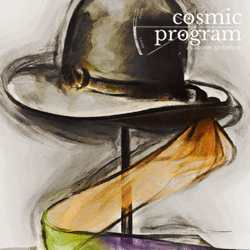










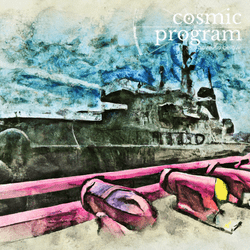





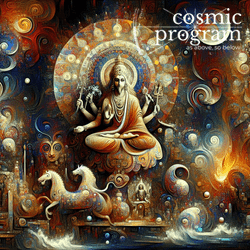

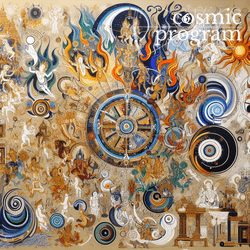
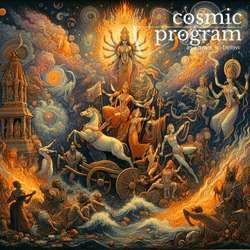
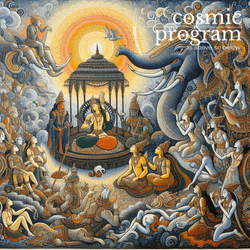
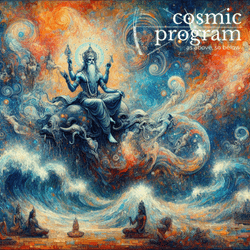
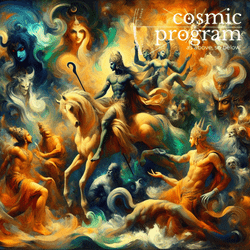
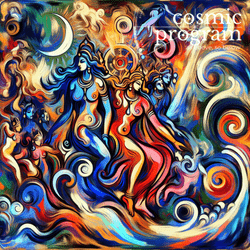
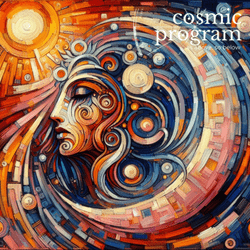
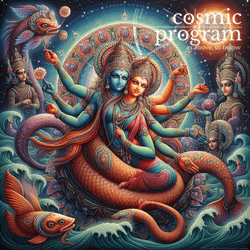
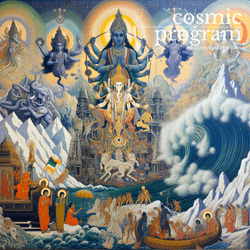
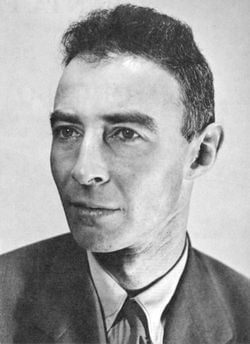
.jpg?bossToken=4eebde943f77412d165b5ad905eafefdc54d473eed2f502dbd6aa9a39f95bead)
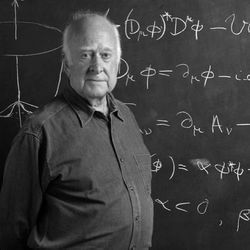
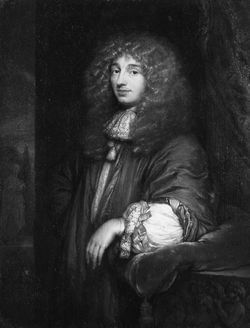
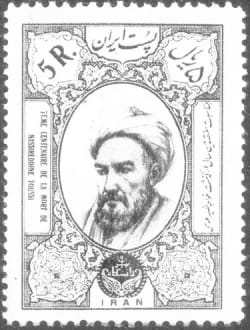
.jpg?bossToken=08c481a3fa0c716226f91b7380858b2bc4263bf36df763df30dfc804d5be6135)
